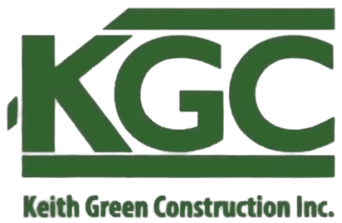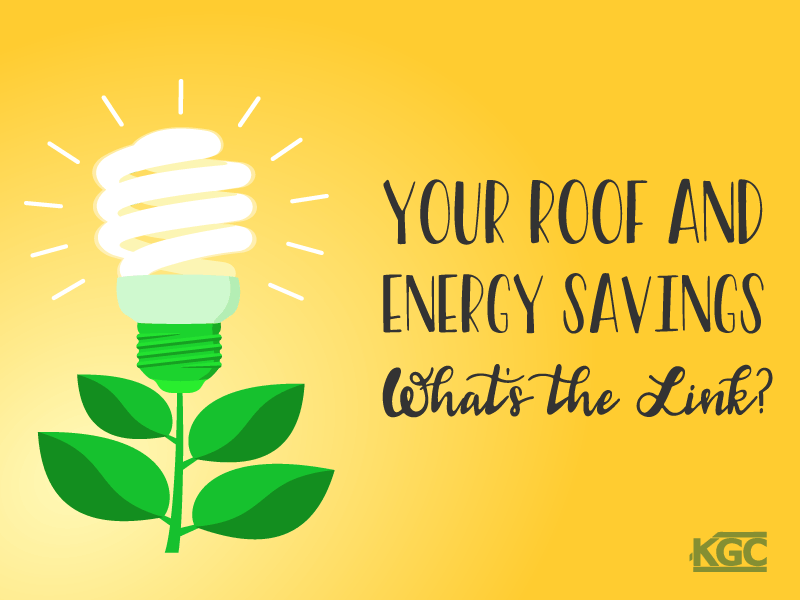Insulate your roof and choose the right materials for an energy-efficient home
With energy prices on the rise, and with the cold climate creating more demand for record natural gas consumption, it’s a good idea to turn your problem-solving skills close to home and see where you can make significant energy savings.
A great place to start is your roof.
A poorly insulated roof can leave you cranking up the air conditioning (and the resulting bills) in the summer, while leaking badly-needed heat (and money from your wallet!) in the winter.
In fact, insulation and roofing materials can play a large part in energy savings. Find out how!
Insulation and energy savings
There are many ways to make your roof more energy-efficient, and they’re easier than you think.
The single biggest change you can make is the insulation of your roof and attic. Most people are horrified when they find out how much heat they’re losing through their roof, attic, and walls – but this is something that can be fixed.
Your roofing insulation can have a huge effect on how much warmth leaks away from your home in the winter. You can reduce your energy costs by making sure your roof and attic are well insulated, especially if your home is a little older.
What kind of insulation you choose will depend on the type of roof you have. For example, pitched roofs have more insulation options than flat ones, but there are solutions for all kinds of roofs. Some choose to insulate the area under the roof, which includes the loft, while others will insulate immediately above the ceiling of the top floor, which is slightly easier to install.
If you already have insulated your roof, it’s worth checking the depth of the insulation, as the recommended depth has been increased over the years, and perhaps add a little more. Check that the loft hatch is insulated, too. Pipes can also be insulated (but not cables), and so can the side of tanks (but not the underside).
The type of roofing insulation is important, so let a professional guide you in your choice of materials.
‘Cool’ and ‘Dark’ roofs
Have you ever seen pictures or postcards of the houses in the Greek islands and their striking white roofs? These are traditionally covered in a layer of white plaster, and it’s not just for looks. These white roofs are highly reflective, meaning that they reflect the heat of the sun away from the roof, keeping the house cool.
It’s a technique used across the world. In the southern U.S., for example, many homes have adopted this strategy of using ‘cool’ roofs to keep the energy cost of air conditioning low.
But if you’re in a cold region, a ‘dark’ roof makes much more sense. Dark roofs will absorb heat, while white roofs reflect it. What kind of roof you should get depends on your location!
In the southern U.S., for example, the summer ‘cooling’ season is much longer than the heating season of winter. So it makes sense in that climate to use a cool roof or cooling-roof paint.
In Portland and in colder climates, however, the cooling season is much shorter than the winter heating season. So you’d want the roof to keep in and absorb heat, not reflect it away.
This is where it may make more sense to install dark roofs, which absorb heat (just like a black T-shirt you’d wear in summer!) Black or dark shingles are a good choice for heat absorption and can help melt thin layers of snow on the roof.
Your roofing contractor can discuss the best options with you.
Choosing the right roof color
The color of your roof is important to the overall look of your house, of course, and there are many options of colors in the ‘dark’ category. Look for dark blue or green, deep charcoal, or black, which add flair and elegance to most houses.
Changing the color of your shingles will not just affect the look of your home; it’ll also affect your energy efficiency: it’s a balancing act between aesthetic curb appeal and energy savings.
With the help of your roofing contractor, you can choose the right roofing material, whether it’s asphalt, metal, wood, concrete or tile. Some may cost more than others, but they’ll save you money on energy efficiency in the long run.
Contact a professional
Of course, energy savings is far more complex than simply adding insulation or changing the color of a roof. It’s very much tied in with climate, energy costs, and your roof system design. If you’re reroofing your home, spending a little more now on the right roofing materials can save you a lot on energy bills later.
Keith Green Construction can help you find the right roofing solution and options to make your roof more energy efficient, from attic insulation and roofing inspections to recovering and leak repairs.
Plant a green roof
Have a green thumb (and a bigger budget)? Consider installing a green roof on your home and making your roof a garden.
Get inspired by creative green roofs that not only provide a haven in an urban environment but also offer energy conservation and lend a helping hand to the environment.


Leave a Reply